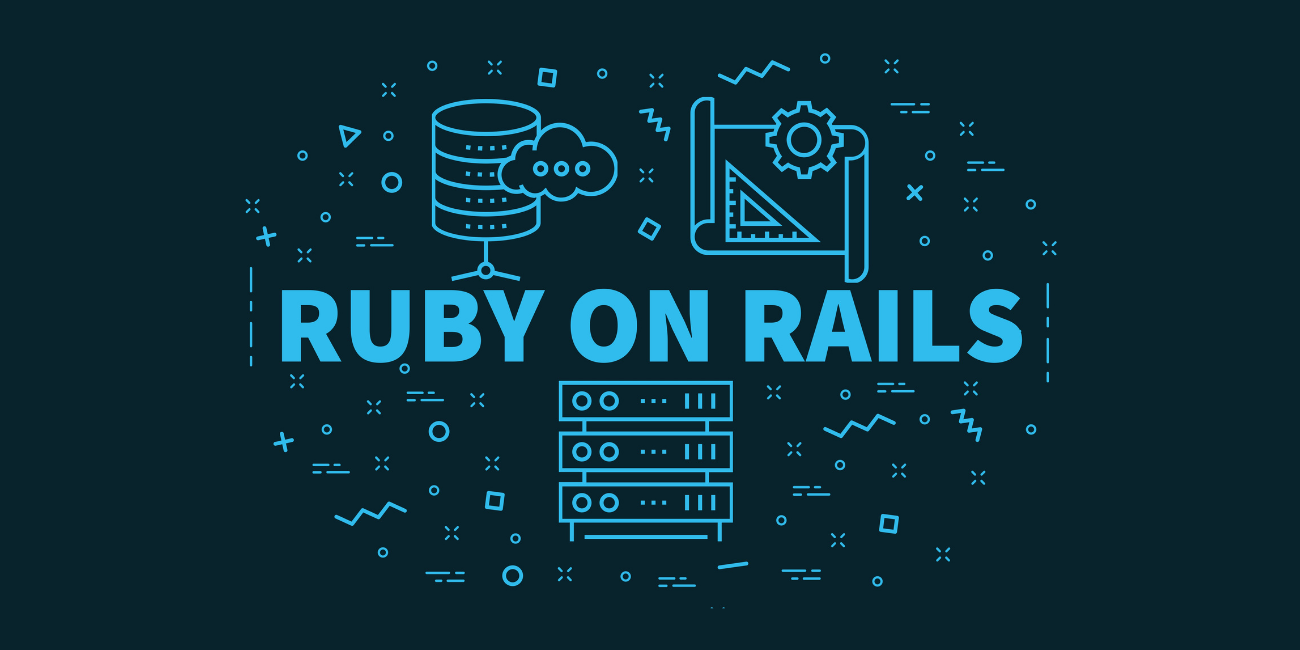Articles on Ruby
Take Command of Your Ruby Code with the Command Pattern
It’s no secret that Ruby trivializes many classic design patterns. What might take 30 lines in Java can often be a one-liner in Ruby. But there’s more to learning a design pattern than reading some pseudo code about Widgets and AbstractFlyweightDecoratorFactory classes. The Command pattern is an abstraction that will be familiar to most experienced …
Why You Shouldn’t Sleep on Ruby on Rails in 2022
First released to the public in 2004, Ruby on Rails is an open source web-application framework written in the Ruby programming language. We sat down with Carbon Five Director of Engineering Matt Brictson to discuss all things Ruby on Rails, including the benefits of using Rails versus an all-Javascript stack, what’s in store for the …
An AJAX Auto-Save Implementation
For a recent client engagement, we were tasked with implementing auto-save on a multi-field form: any time any of the field values changed, we’d save the form to the server. This is a common scenario where users are composing longer inputs, such as emails, word processing, and spreadsheets.
Functional Mocks with Mox in Elixir
If you’re like me, you came over to Elixir from Ruby and quickly found that certain development assumptions so common to Ruby (and object-oriented programming) require some adjustment in this new functional language.
Evented Rails: Decoupling Complex Domains in Rails with Domain Events
In our last Domain-Driven Design discussion, we learned how to group similar business components into application Bounded Contexts, which were separated folders in our Rails apps. This segregated cohesive groups of application code into separate folder structures (bounded contexts), and gave us a jumping-off point to drawing more explicit boundaries between domains in our monolith. …
Tech Consulting: 2016 Year in Review
As a consulting firm that’s been around for 17 years, Carbon Five has a unique perspective on trends in digital product development. In this post we look back on 2016 and reflect on what we’ve seen in the industry, and where we think it’s headed. Here are the the top five trends we saw in …
Adventures in Searching with Postgres: Part 2
In part one, we looked at querying 100,000 International Statistical Classification of Diseases (ICD) code records for 3-7 character codes. In part two of three, we’ll cover full-text search of the record descriptions using Postgres and Arel.
Adventures in Searching with Postgres: Part 1
For a recent project, we built a live-search for over 60,000 records which used both simple pattern matching and full-text search. The records we needed to search were diagnoses that are used to assign patients to a therapy. I had never done full-text search or anything real-time with that many records, so I ended up …
An Incremental Migration from Rails Monolithic to Microservices
Your Rails application has become a monolith. Your test suite takes 30 minutes to run, your models grow to several hundred (or thousand!) lines, and feature development slows to a crawl. New members of your team must read through massive amounts of code before they can feel confident making changes. You’ve watched Uncle Bob’s Architecture …






